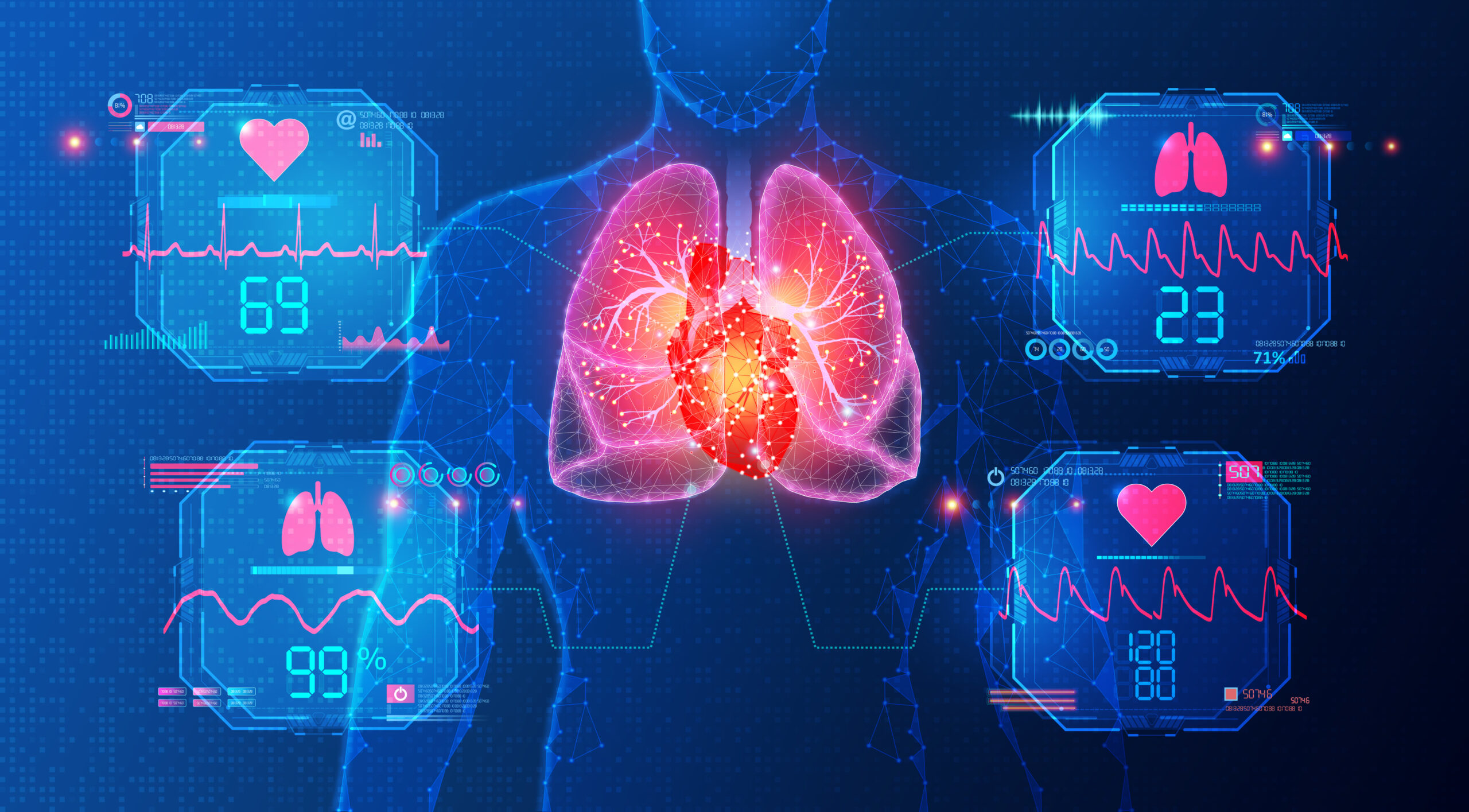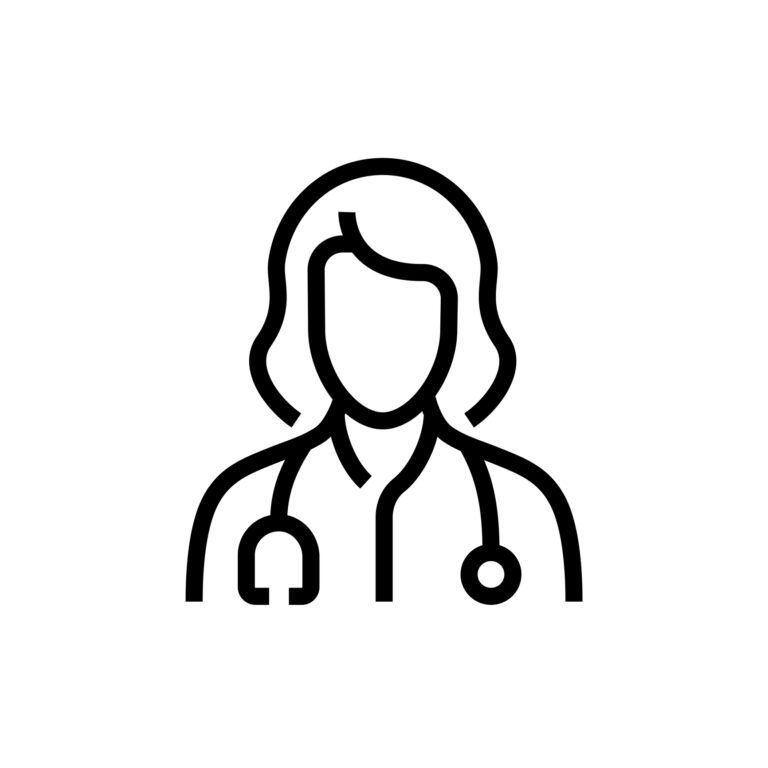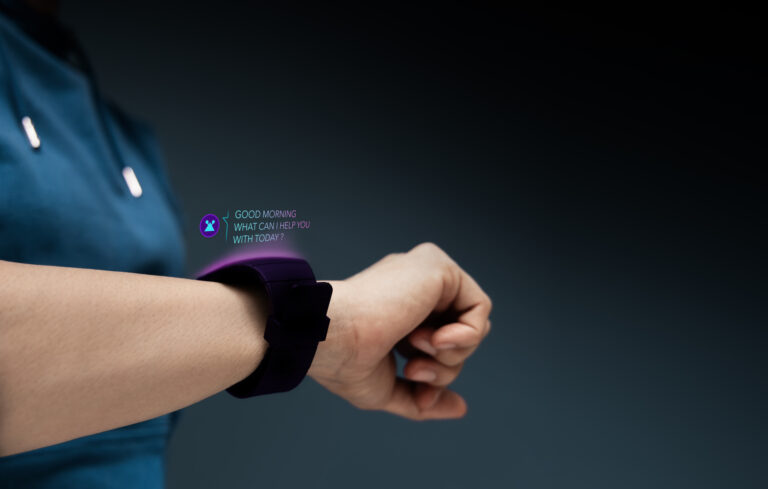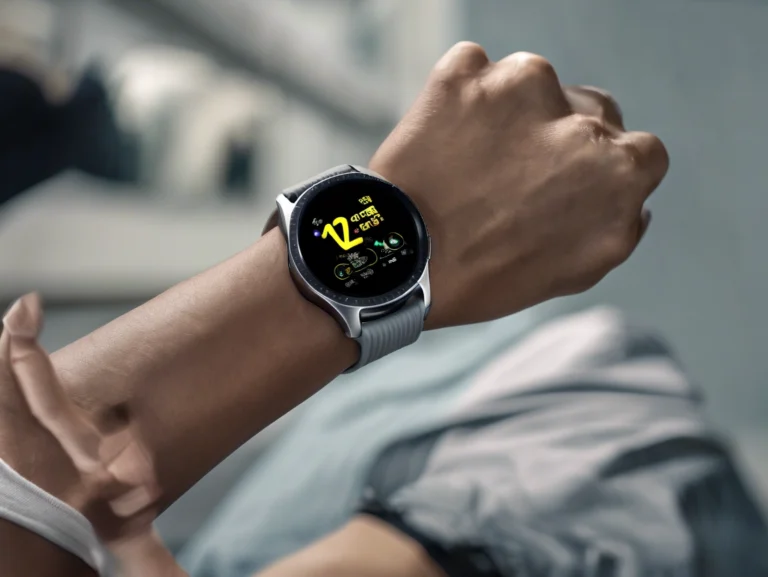
The Future of Nursing: How Wearable Tech is Revolutionizing Care Delivery.
Wearable tech is reshaping nursing, bringing real-time patient monitoring, fall detection, and AI-driven health tracking to the forefront. As nurses, we’re not just caregivers—we're becoming data-driven decision-makers. Here’s how wearable technology is revolutionizing care delivery and what it means for the future of nursing.
Hey, fellow nurses, health tech geeks, and digital health enthusiasts! You’re in the right place if you get excited about the latest gadgets and how they can transform patient care. Wearable technology is no longer just for tracking steps or sleep—it’s becoming a game-changer in healthcare. And for us nurses? It’s set to revolutionize the way we deliver care.
So, let’s explore how wearable tech is reshaping nursing, from the bedside to the virtual space, and what this means for our future in this fast-evolving digital landscape.
1. Remote Patient Monitoring: Keeping an Eye on Patients—Literally
Remember when patient monitoring meant checking vitals every few hours? Well, wearable tech is turning that model on its head. Devices like continuous glucose monitors, smartwatches with ECG tracking, and biosensor patches give real-time patient data like never before.
This means:
- Early detection of deterioration – Wearables can send alerts for irregular heart rhythms, oxygen saturation drops, or fluid retention before patients feel symptoms.
- Fewer hospital visits—Chronic disease management is getting an upgrade, allowing patients to be monitored remotely and reducing unnecessary ER trips.
- More proactive nursing care – Instead of reacting to symptoms, we’ll intervene before they become emergencies.
For nurses, this shift means integrating data analysis into our skill set—translating patient-generated health data into actionable care plans. It also means helping patients understand and trust these technologies. And let’s be real—some will need our guidance to sync their devices properly!
2. Wearables for Fall Prevention: A Game-Changer for High-Risk Patients
Falls are a major concern in hospitals and long-term care, and we’ve all had those moments where we wished we could have prevented a fall. Enter fall-detection wearables like sensor-embedded insoles and AI-powered motion trackers.
How they help:
- Predictive fall alerts – These wearables track gait patterns and detect balance issues before a fall occurs.
- Instant fall notifications—If a patient falls, alerts can be sent directly to nursing staff for immediate response.
- Real-time mobility tracking will help us tailor interventions for at-risk patients.
This technology means fewer falls, fewer injuries, and less strain on nurses trying to monitor high-risk patients manually. Who doesn’t love the idea of fewer incident reports?
3. Smart Wearables for Vital Sign Monitoring: The End of Manual Checks?
Let’s be honest—vital sign checks are time-consuming, and it’s easy to fall behind on scheduled assessments in a busy unit. But smart vitals monitoring is here to change the game.
Wearables like:
- Smart patches that continuously track blood pressure and temperature.
- Wristbands with real-time SpO2 monitoring (think pulse ox on steroids!).
- AI-integrated biosensors that predict sepsis before symptoms appear.
These devices don’t just save time; they ensure that patients are monitored 24/7 without relying solely on nurses to catch every subtle change. This is a major step toward improving patient safety and reducing nurse workload—because we all know charting every 15 minutes is NOT the dream.
4. Wearables for Stress and Fatigue Tracking: Yes, Even Nurses Need Monitoring
Burnout is real, and it’s hitting healthcare harder than ever. But what if we had wearables to track our well-being?
Emerging wearables designed for healthcare professionals track:
- Heart rate variability (HRV) to detect stress levels.
- Sleep patterns (because, let’s face it, the night shift is brutal on circadian rhythms).
- Fatigue levels to predict burnout risks.
Hospitals and healthcare systems are beginning to integrate these devices into wellness programs to identify early signs of exhaustion and provide nurses with personalized recovery plans. Imagine your employer saying, “Hey, your stress levels have been off the charts—how about an extra break or a shorter shift?” Now that’s a future we can get behind.
5. The Integration of Wearables into EHRs: Less Clicking, More Caring
One of the biggest challenges with new tech is data integration—nurses don’t want another system to check. Thankfully, healthcare leaders are pushing for seamless EHR integration, meaning:
- Wearables will automatically update patient charts.
- No more manually entering vitals from multiple devices.
- Real-time alerts in the EHR when a patient’s condition changes.
This means less time clicking and more time caring, and every nurse can appreciate that. Plus, it cuts down on documentation errors (because, let’s be honest, we’ve all misread a number during a chaotic shift).
6. Virtual Nursing & AI-Powered Wearables: The Future of Telehealth
The rise of virtual nursing means we won’t always need to be physically at the bedside to monitor patients. With wearables transmitting real-time data, nurses can provide:
- Remote patient coaching for chronic disease management.
- Post-op recovery monitoring from a distance.
- AI-assisted early intervention based on biometric trends.
This means more nurses can work remotely, reducing burnout while still delivering high-quality patient care. Telehealth isn’t just for doctors anymore—nurses will play a huge role in virtual patient management powered by wearable tech.
7. The Challenges of Wearable Tech in Nursing: Are We Ready?
Of course, no tech solution is perfect. As wearable adoption increases, nurses will need to navigate:
- Data overload – With constant monitoring, how do we separate critical alerts from noise?
- Privacy concerns – How do we ensure patient data is secure and HIPAA-compliant?
- Tech literacy gaps – Some nurses and patients may struggle to adapt to these new tools.
But the good news? Nurses are adaptable, problem-solving wizards. We’ve already embraced EHRs, telehealth, and AI—wearables are just the next step in the evolution of healthcare.
Final Thoughts: The Future is Wearable—Are You Ready?
Wearable technology is not replacing nurses—it’s empowering us. It’s giving us the ability to detect early warning signs, reduce administrative tasks, and spend more time on actual patient care (you know, the reason we got into this field in the first place!).
So, what can we do to stay ahead?
- Embrace the change – Start learning about the wearables coming to your unit.
- Advocate for smart implementation – Speak up about what works and what doesn’t.
- Leverage these tools for self-care Because we deserve good healthcare, too!
The future of nursing isn’t just digital—it’s wearable. And if anyone is ready for this revolution, it’s us.
What do you think? Are you excited about wearables in nursing? Drop a comment, and let’s geek out together! 🚀





amazing
good!